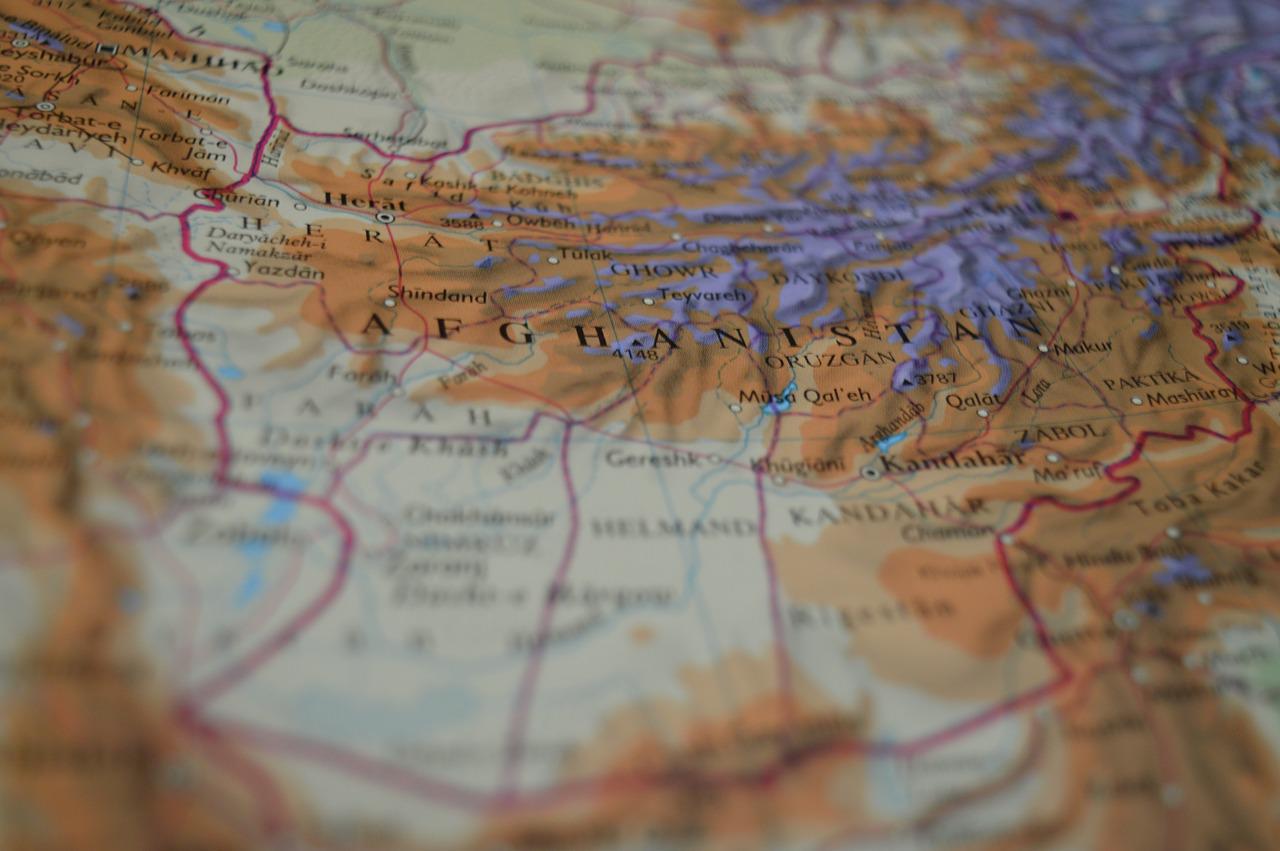Law students and lawyers in Afghanistan are filing reports with JURIST on the situation there after the Taliban takeover. Here, a law student in Kabul reports on continuing challenges to Taliban rule and prospects for further conflict in Afghanistan. For privacy and security reasons, we are withholding our correspondent’s name. The text has only been lightly edited to respect the author’s voice.
Since their takeover of Afghanistan the Taliban have tried to cover up any news of revolt and resistance against them, although as reported by Afghanistan International since August of last year there have been at least 13 clashes between Taliban and the anti-Taliban movements in Baghlan province, 8 in Panjshir province and 3 in Takhar province. Also there have been minor clashes and attacks on Taliban in six other provinces, the capital being excluded. As recently as last Friday, May 6, there were reports of yet another conflict between the Taliban and the National Resistance Force; an NRF spokesperson claimed 22 Taliban killed and 6 wounded. The Taliban have denied the existence of any conflict in Panjshir at first, though videos of fighting and of the Taliban’s reinforcement convoys moving toward Panjshir have been shared on social media. Hasht-e-sobh, the most read news paper in the country, has confirmed that 20 bodies of Taliban fighters have been carried to the southern provinces.
During Eid this year, the Taliban, contrary to the whole islamic worl, announced Eid a day earlier than is usual, which would make Ramadan 29 days instead of a full moon; this decision was not received well and people decided to fast the day; locals confirmed in many areas, in particular areas where anti-Taliban fronts are more active, that Taliban forced people to drink and break their fast early. On the second day when people gathered for Eid prayer they were arrested and the public was scattered. The NRF spokesperson claimed that this was the reason for their attack and the Panjshir liberation operation led by the commander Khalid Amiri—a famous former Afghan National Force commander.
One of the most immoral and at the same time viable strategies of the Taliban is to take hostages and persecute fathers, brothers and the whole family of a suspected individuals. Reports of torture, inhuman behavior and harsh living conditions have been reported against families of those whom were suspected by the Taliban. As a case in point, since the NRF conflict last Friday, Taliban took elderly Panjshir citizens hostage, beat them and detained them under allegations of supporting the resistance forces, in order to force the NRF fighters of surrender, or at least back off.
Hasht-e-sobh, qouting from ACLED (Armed Conflict Location & Event Data Project), reports that at least six freedom fighter groups are currently engaged against the Taliban and are gaining influence among the public here. The Nantional Resistance Force is the current dominant group among the anti-Taliban movments. The Azadagan (Free People) Front has been jointly fighting the Taliban in the recent days with the NRF. The National Liberation Front is another group, which in a recent strike killed a prominent Taliban figure in the west of Kabul who was known to be the organizer of suicide attackes against Shiites people. The Wolfs of Jawzjan is an anti-taliban movement mainly formed by Uzbeks. The formation of The Afghan Liberation Movement, a Pashtun-led group, is thought to be a giant step for the anti-Taliban movments, although the other two are minor groups.
However harsh the circumstances and whomever is in charge, the people of Afghanistan will not rest until a government that is inclusive and is respectful to the liberties of individuals is established. Historically speaking, the fight against the Afghanistan’s Communist regime, then directly against the Soviets, and after that against Taliban, were not successful overnight. These fights dragged on for years. The fact that American politicians never fully committed to and then never let go of the Afghan war was one reason why it took so long for a stable Afghan government to be formed. Years of war plummeted the Afghan economy to the ground and took millions of lives. Many were forced to flee, most of them experts in their respective fields, irreparably damaging and scarring Afghanistan for decades. Now Afghanistan is a country with some forty million people. Another dragged-out war would not only kill twice as many but wuld probably precipitate famine and chaos leading to a humanitarian crisis. They only important question still remains: where does the United States stand?


